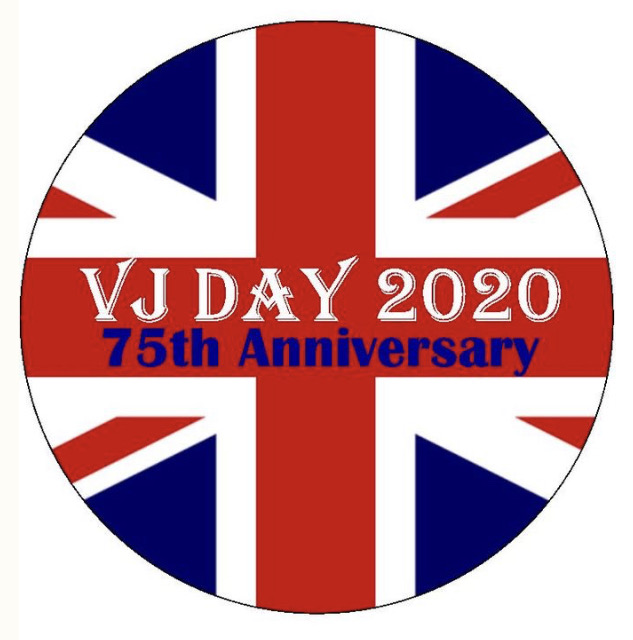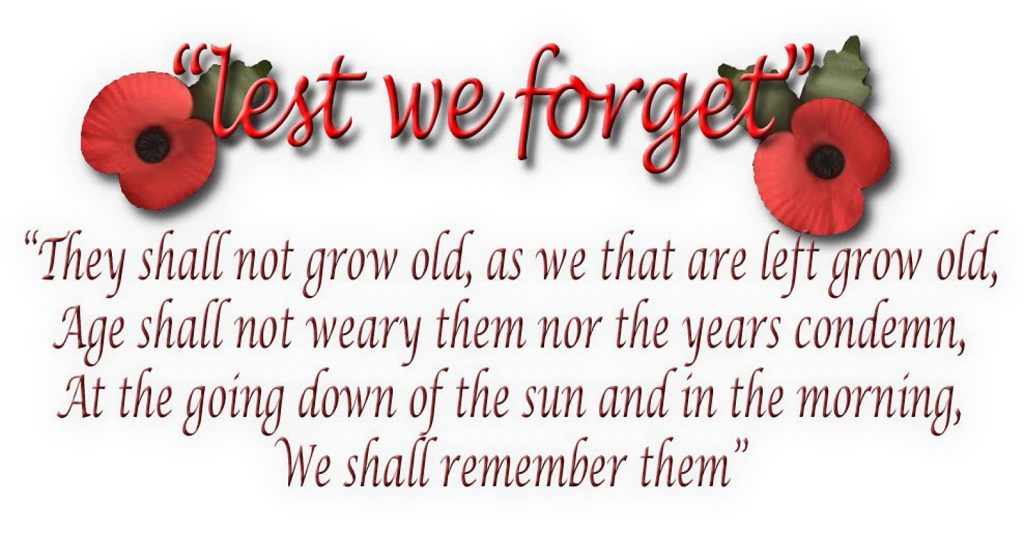Today we remember the atrocities of the war in Japan in a three part series.
The 214 Boys at War
The War in Japan Part 2 – Joe Noble (Snr) – in Burma.
Joseph Watt Noble was the father of Joe Noble the 214 drummer that I’m sure all the Ex Members know.
During WW2 he served in India and Burma with the 1st Battalion Cameronians, later in his service transferring to the Royal Corp of Signals.
Joe served as part of the “Chindits” and didn’t talk much about the war, only recounting the funny moments. It is thought that he served in the ‘Second Expedition’ of Burma.
Many of the servicemen, who witnessed the atrocities of battle against the Japanese Army in Burma, did likewise.
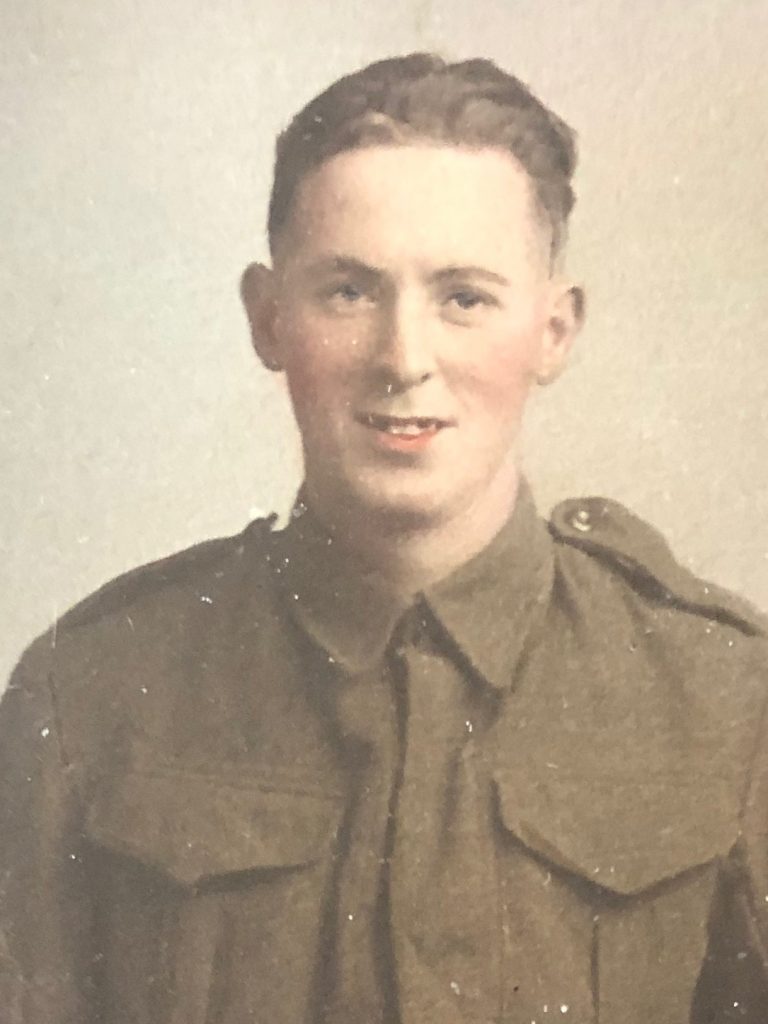
Joe was a signaller and would have formed part of a guerrilla unit called The Chindits.
“He had been cut off behind enemy lines for a bit of time and they had managed to make their way through the jungle and get back to relative safety on the Allied side.” He only ever briefly mentioned this to his family.
Orde Wingate DSO & The Chindits
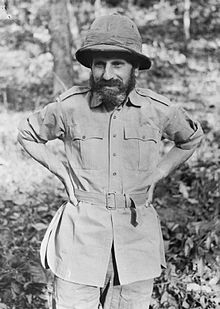
‘Chindits’ was the name given to the Long Range Penetration (LRP) groups that operated in the Burmese jungle.
They were named after the Chinthe, a mythical Burmese beast that was half-lion and half-eagle and, to Brigadier Orde Wingate, symbolised the need for close air-land co-ordination.
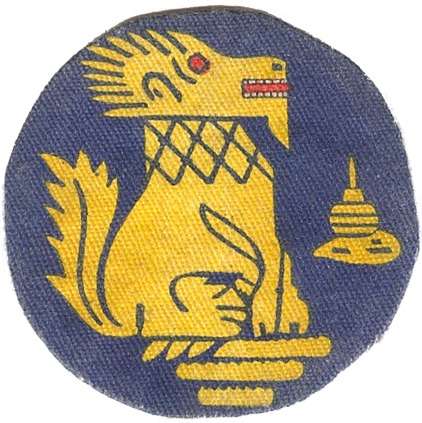
The Chindits carried out two major expeditions in Burma.
1st Expedition
February 1943, code-named Operation Longcloth, consisted of a force of 3,000 men who marched over 1,000 miles during the campaign. It was an experimental operation to prove British forces could operate many hundreds of miles from their own bases in the midst of Japanese controlled territory and to test Wingate’s theories and to gain experience.
2nd Expedition
March 1944 was on a much larger scale and consisted of a force of 20,000 men. They were given the name Special Force and consisted mainly of British battalions supplemented by Burma Rifles, Gurkha and Nigerian battalions and a company of Hong Kong volunteers.
‘We need not, as we go forward into the conflict, suspect opportunity of withdrawing and are here because we have chosen to bear the burden and the heat of the day.’
– Brigadier Orde Wingate addressing his men, 13 February 1943.
Chindit Order of Battle January 1944
The Chindits were officially known as ‘Special Force’ or the ‘3rd Indian Infantry Division.’
N.B. The title 3rd Indian division was only given in order to deceive the Japanese.
There were six brigades, each referred to by a nickname. Each brigade had its own HQ situated near an airfield and an HQ column in the field.
More than likely Joe was part of Profound – 111th Brigade, which consisted of:-
1st Bn. The Cameronians: 26 and 90 Columns
2nd Bn. The Kings Own Royal Regt: 41 and 46 Columns
3rd Bn. 4th Gurkha Rifles: 30 Columns
This Regiment was one of a force of 6 Regiments that attacked from behind the Japanese lines.
Profound’s objective was to fly in and then block road and rail links south of Indaw to prevent Japanese reinforcements coming up from Mandalay.
Each brigade was divided into columns and a headquarters.
A column had about 400 men and typically consisted of,
- Infantry Company of four platoons armed with rifles and light machine guns.
- Heavy weapons platoon armed with two Vickers machine guns, two 3-inch mortars and anti-tank weapons.
- Commando platoon for demolitions and setting booby traps.
- Reconnaissance platoon with a section of Burma Rifles.
- The column also included RAF, sapper, signaller and medical detachments.
The RAF detachment included an active pilot and was responsible for directing air support and the air evacuation of the wounded
Each column had about 56 mules, much less than the first expedition, as there would be more reliance on air supplies. The mules provided the transport for the column. Ten mules were required to carry the radio equipment, including the batteries, generators and petrol. The remaining mules carried other heavy equipment, weapon and supplies.
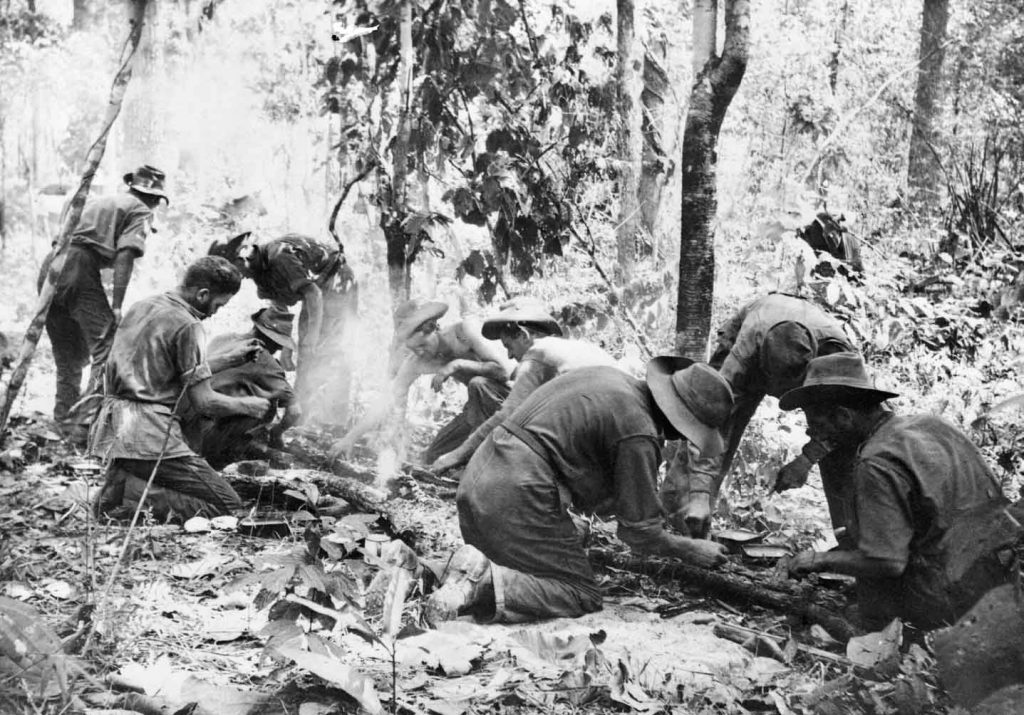
Once in Burma the Chindits would attack and cut supply lines and generally harass the rear of the Japanese forces on the frontline facing British, American and Chinese forces.
Like the 1st Chindit expedition, the column formations were designed for movement through the jungle. This mobility would be the strength of a Chindit column.
A column would emerge from the jungle to blow up a dump or ambush an enemy convoy and then slip away again into the jungle where the enemy would be unable or afraid to follow.
When necessary though, the columns would reform into battalions and brigades to attack and seize larger targets or to repel attacks from a large enemy force. Troops would be airlifted to airfields by gliders and supplied likewise.
Not much is known of Joe’s action, apart that he was cut off behind enemy lines.
We can only imagine it could be similar to this soldier’s ‘Jungle’ story as a Chindit, which is one of many on the Burma Star Associations website.
Read it here https://www.burmastar.org.uk/stories/you-lucky-lads/
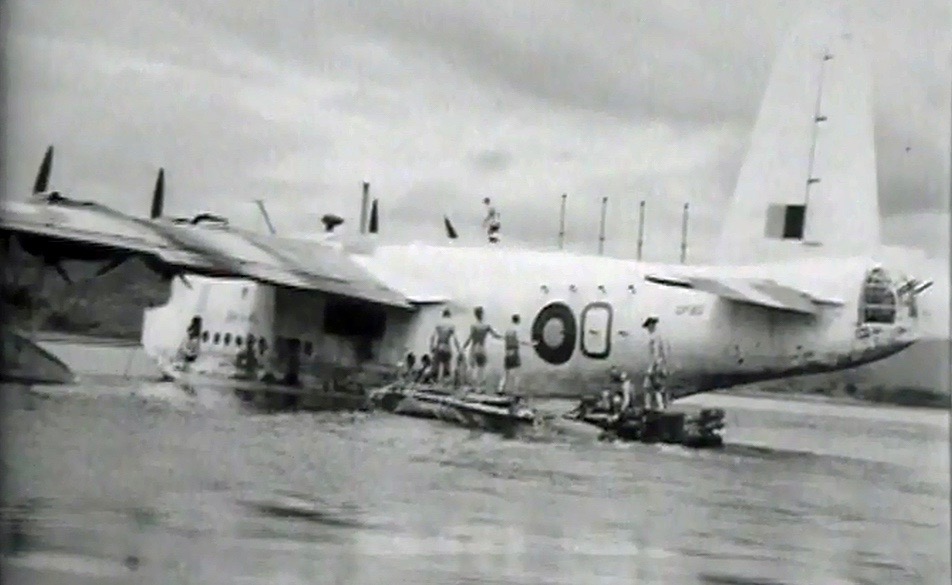
The interesting thing about this picture from a 214 perspective is that Alex Ibell, Joe King, Ian MacLellan’s father, and Hector Russell’s father all worked at the Blackburn factory in Dumbarton where these planes were manufactured.
Joe who was a signaller, spent some time in India prior to going into the Jungle. He would have received training similar to that instructed by Alex MacIver, who Captained a training outfit in India at this time. Who knows maybe they met?
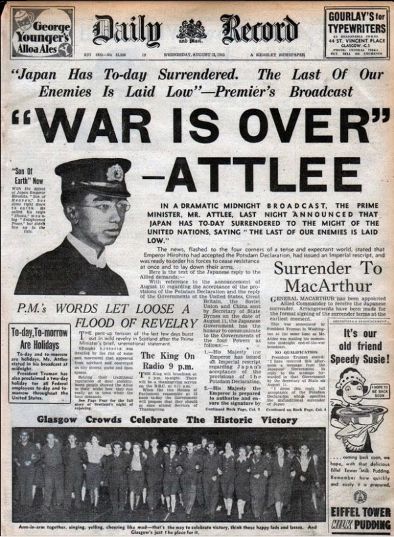
Joe (snr) survived his spell in Burma returning in late 1945 / early1946, to Aberdeenshire after the war.
He was welcomed home meeting his son Joe (jnr) who was aged 3, for the first time.
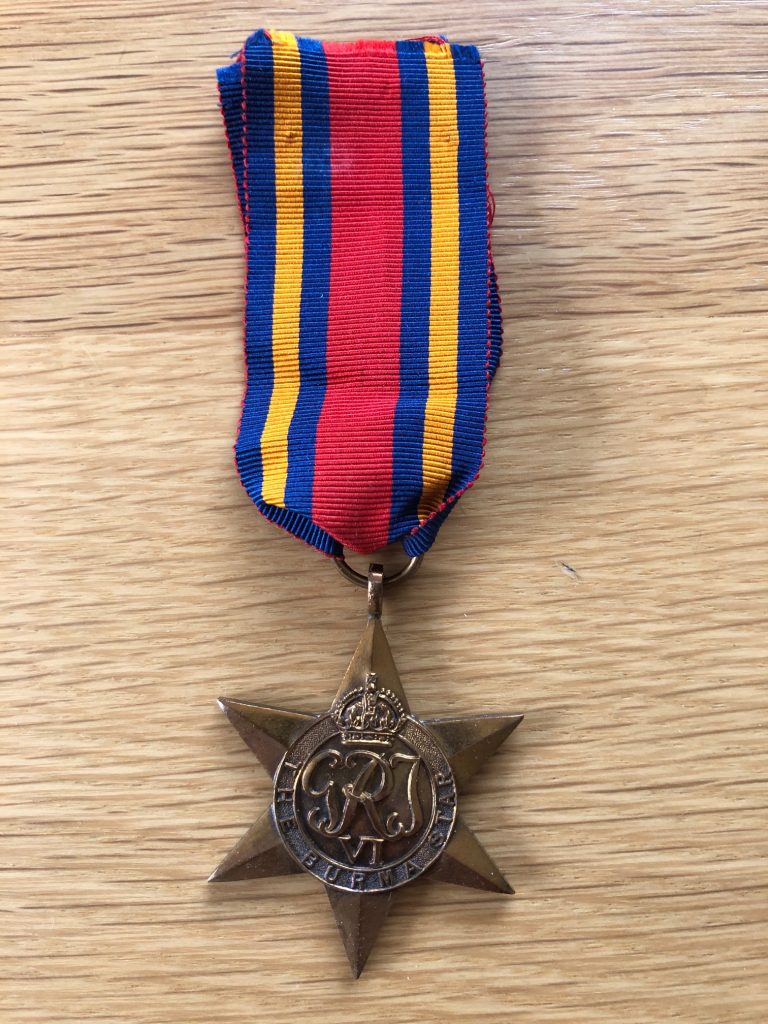
Burma Star
The Burma Star is awarded for operational service in Burma between 11 December 1941 and 2 September 1945.
Those serving in Bengal and Assam in India and China, Hong Kong, Malaya or Sumatra between other specified dates may also qualify.
The colours of the ribbon represent the sun, British and Commonwealth forces.
If you also qualify for the Pacific Star, you will only be awarded the first star earned. You will then receive a clasp with the title of the second star earned which is worn on the ribbon of the first.
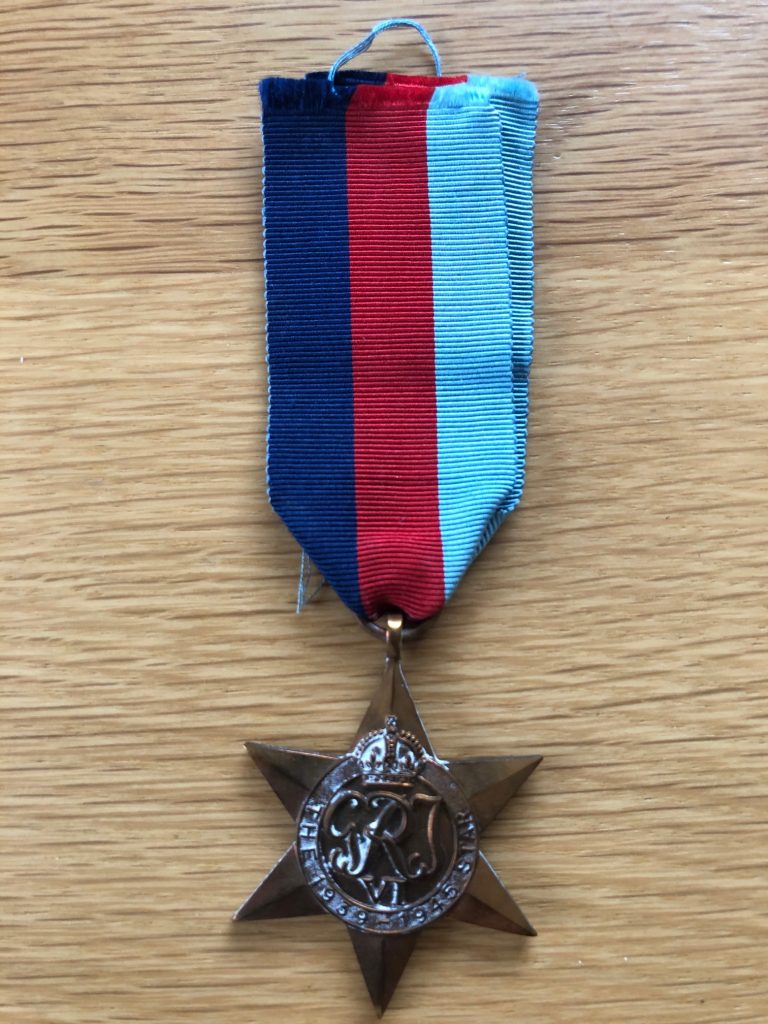
1939 to 1945 Star
The 1939 to 1945 Star is awarded to personnel who completed operational service overseas between 3 September 1939 and 8 May 1945 (2 Sept 1945 in Far East).
The colours of the ribbon represent the 3 services. The star is worn with the dark blue stripe furthest from the left shoulder.
“Although my dad didn’t talk about the war hardly at all, other than when he remembered funny incidents, he was not best pleased when I joined the Toyota Pipe Band.
I don’t think he ever quite forgave the Japanese.
He did in fact consider sending back his Burma Star when Emperor Hirohito was granted a royal visit to the UK but I think that an intervention by Lord Mountbatten persuaded many unhappy Burma Star holders to keep their medals.
I doubt whether my dad, who passed away in 2001, would have thought that he’d been given 85 years when he was embroiled in the Burma Campaign.”
Joe Noble (Jnr) – 214 BB Ex Member – 15th August 2020.
If Joe (Snr) had been fortunate enough to survive till today, he would have been 104 years old.
